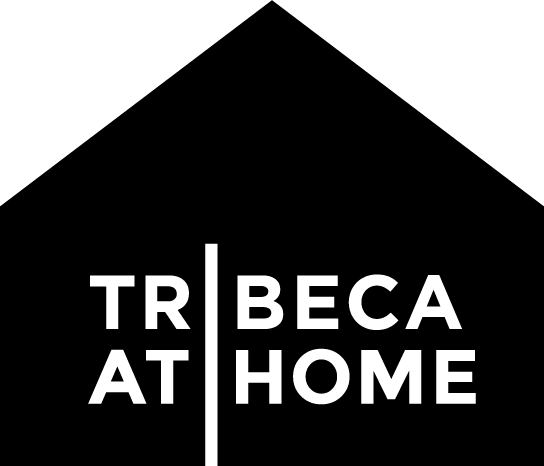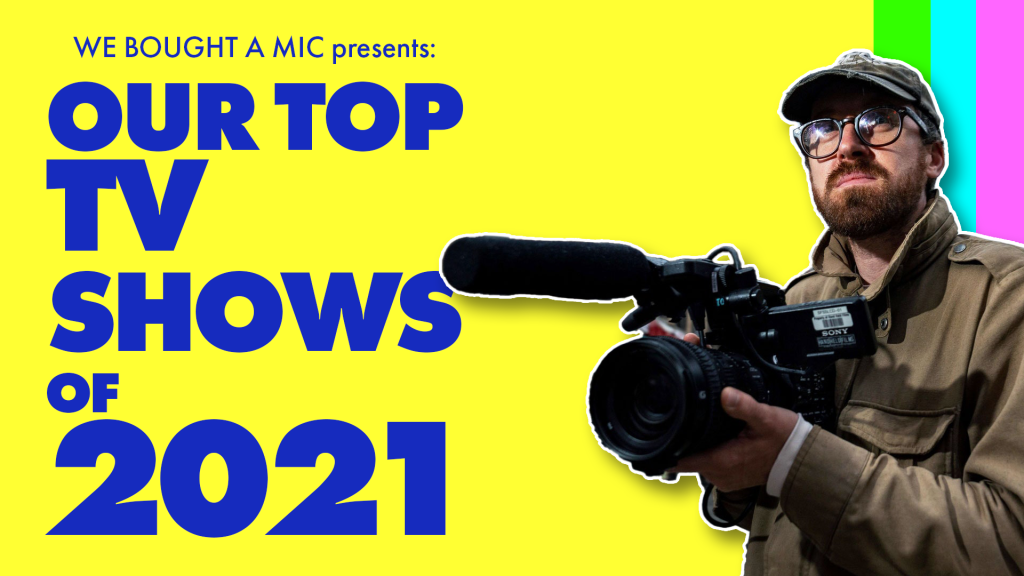Is the Virtual Film Festival Here to Stay?
As vaccinations are continually rolling out and life seems to be returning to some sense of normalcy, there are certain things that feel as though they will never be the same in a post-COVID world.
Thousands of employers have realized that it is cheaper to have employees work from home permanently and, I don’t know about you, but I’m planning on wearing a mask whenever I travel in an airport, even if it’s just to lower my chances of catching a cold.

I’m beginning to wonder if the “Virtual Film Festival” experience is one of those inefficiencies in the market that was exploited during this time of turmoil that could lead to a permanent change for the better. Perhaps it took a pandemic and the shutting down of theaters across the country for us to realize that holding film festivals virtually unlocks a whole new audience that wouldn’t otherwise be able to attend. Then again, maybe there is just too much lost revenue to the local economies that host these festivals, that it isn’t financially worth it and we need to return to the in-person only experience. I’m going to try to outline the positives and the negatives of the Virtual Festival format to try to find a sustainable way forward.
Disclaimer: Tribeca 2021 is only the second Virtual Film Festival I have attended, with the first being Sundance 2021.
Why the virtual festival should and will stick around:

The biggest and most obvious reason for film festivals to remain virtual in some capacity is the potential for a much larger audience than could otherwise be accommodated. In the old system, if there’s a theater with 200 seats that is premiering, let’s say, “CODA” (winner of the Grand Jury Prize at this year’s Sundance), once those seats sold out, you were out of luck. The market for potential views of a project were capped. Theoretically, a virtual premiere could accommodate anyone and everyone who is willing to shell out the money to see the film. While in practice, this isn’t a truly unlimited market when you consider the server size and other technology power required to broadcast this to every home simultaneously, there is certainly a dramatically larger audience than the 200-seat auditorium we started with.
The virtual festival format is also much more accessible for those who are not from the area and those who have disabilities. Let’s say you wanted to go to this year’s Tribeca Film Festival in New York. You buy your ticket to the festival which sets you back a few hundred dollars, but you still have to pay for the plane ticket, and a hotel for the week, and a subway pass, and any kind of food that you purchase while there. While this is a huge boost for the local economies of these festivals (more on that later), it can still be a very costly time for the consumers. Then there is the travel of commuting from theater to theater once you are at the festival. What many people do not know (or may not think about) is that at these festivals there are not 14 movie theaters stacked on top of each other for easy access like a music festival where several stages can be spread across one long field. These theaters are typically spread all across the city, and while it might not seem like a big deal to have to ride a bus or subway from one screening to the next, it is not an ideal format for anyone with a disability. With virtual screenings, those who are disabled or those who are struck with the anxiety of having to race around from movie to movie in order to see everything can breathe a little bit easier and move at their own pace.
Why the festival should return to in-person only:

For some of the films at this year’s Tribeca Film Festival, I got together with Ernest and Drew (the other WBAM boys) to try to recreate a theatrical like experience. We turned the volume up loud and turned off all of the lights in order to get as close as we could to the classic movie-going experience, but even still, it’s not the same as the real thing. As much as we all tried to upgrade our home viewing experience over the last year+, there’s still no beating seeing a new film in a packed theater and feeling the crowd momentum of “this is awesome” or “this doesn’t really work”.
The other big reason for these festivals to return to in-person only is something that I touched on earlier: it creates a huge boom for the local economy. Park City, Utah does not have a whole lot going on most months of the year aside from some nice ski resorts. There is a modest population of less than 8,000 people most days of the year, but every January hundreds of thousands of tourists flood the streets of Park City to attend the largest independent film festival in the United States (Sundance). In 2019, an estimated 122,000 people attended the festival and stayed at the local hotels and ate at the local restaurants. Without an in-person festival, towns like Park City that bring in a huge chunk of their yearly revenue with these week or month-long events could take a serious hit.
What’s the solution?

In many ways, the festival landscape is just now beginning to mirror the crises of theaters vs streaming that has been one of the biggest stories in media of the last decade. In the same way that it seems impossible to imagine a world where theaters are booming in the same way they were even 10 years ago, it’s hard to see a way for these festivals that have opted for virtual screenings over the past year to put the proverbial cat back into the bag. I have been trying to think of the best way forward and in my mind, it seems like the way that Tribeca is handling this year’s film festival as a “mixed-mode experience” is the future.
For those unaware, Tribeca is currently acting as both an in person and at home experience. With Tribeca (At Home) you can get about 80-85% of the experience that you would normally by attending the festival in-person. As a virtual attendee, I have watched dozens of excellent films, including just about everything that is in competition, along with several virtual Q&A’s with filmmakers. However, there are certain “big ticket” items like the new Steven Soderbergh movie “No Sudden Move” and the Dave Chapelle documentary, that are not available in the “At Home” experience. There are also several “meet-ups” and Q&A’s with filmmakers that are only available if you were to attend in-person. This mixed-mode format provides enough incentives to want to attend a film festival in-person, but enough content to more than satisfy those who are attending the festival virtually.

The actual distribution of these home screenings has been different between the two festivals I’ve virtually attended. Sundance, since it is a much larger festival, offered screenings via a set time window with showings that could “sell out” after a certain number of people secured tickets to that time slot. If you wanted to watch “On The Count of Three” or “Summer of Soul” you had a three hour window to fire up the film to watch it before the link expired. Since Tribeca is a bit smaller of a festival, they are offering more of an “On Demand” style for home watching. After the film premieres, it is available virtually through the remainder of the festival to be viewed at any time. While I prefer the flexibility of Tribeca’s distribution, it makes since why other larger festivals might elect to adopt the Sundance method to prevent a massive flood of people all trying to watch the same movie at the same time.
In either case, this seems more like a step in a new direction to me than it does an aberration. Film festivals are something that was increasingly niche and reserved for the true cinephiles and movie freaks (myself included), but maybe, by offering a piece of that festival experience virtually, these filmmakers can get even more eyes on their indie films. I have been thinking a lot about my conversation with filmmaker Jonah Feingold of “Dating & New York” and something that he said towards the end of our interview:
“I think people want to support indie films…. Studio movies aren’t really hitting like they used to and post-pandemic and during-pandemic I’d much rather know I’m supporting an indie film like “Together Together” than see something like “Godzilla vs Kong”.

Hear our full conversation with Writer/Director Jonah Feingold and actor Jerry Ferrara here!
Only time will tell if Jonah’s optimistic view on the state of indies is correct, but by giving the wider public more access to discover these films that they’d otherwise have to wait months and months to see, we could bring in more eyes than ever before and at the end of the day, isn’t that really the reason why these festivals exist in the first place?
- Hunter Mobley




















Leave a comment